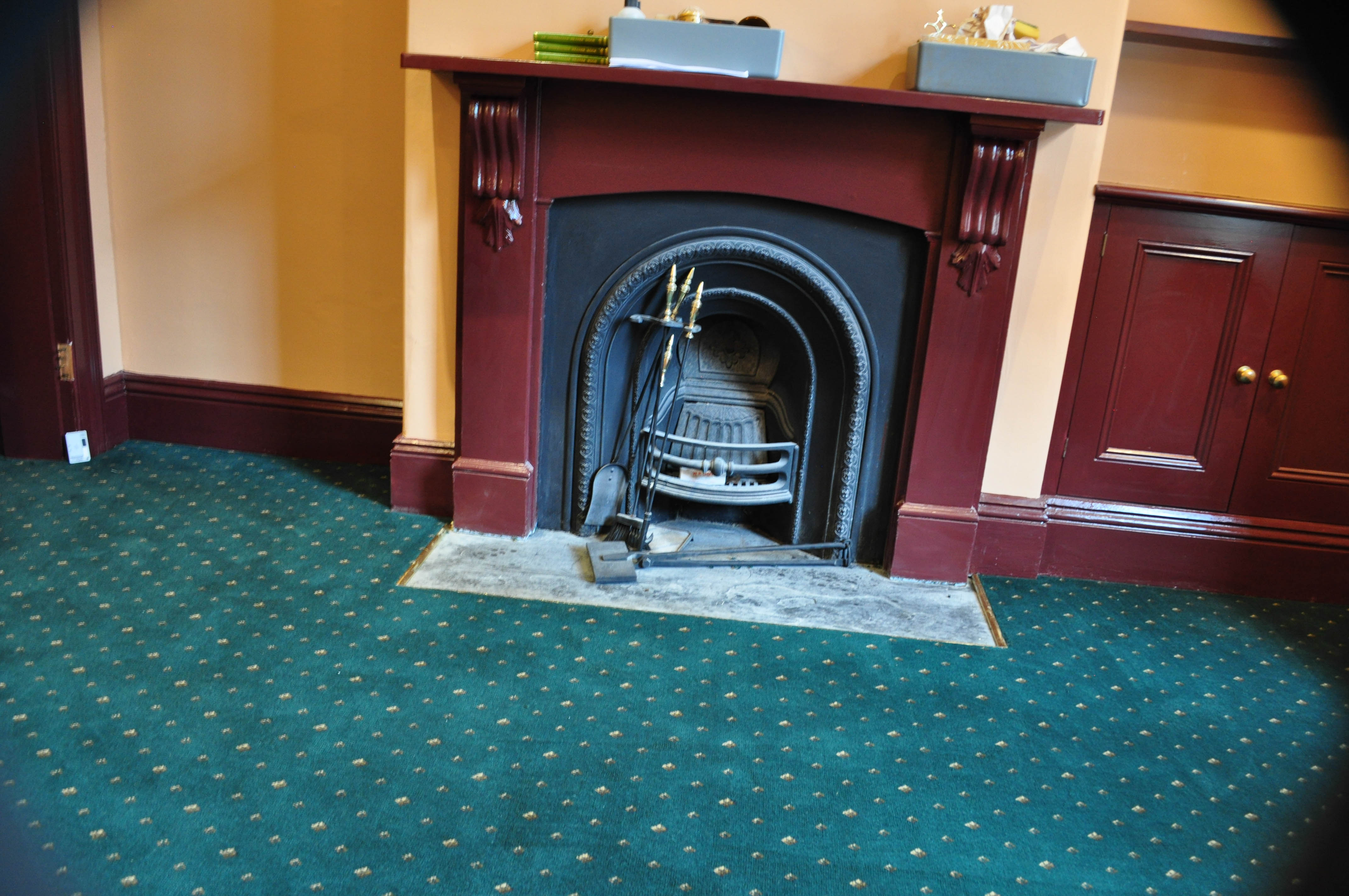

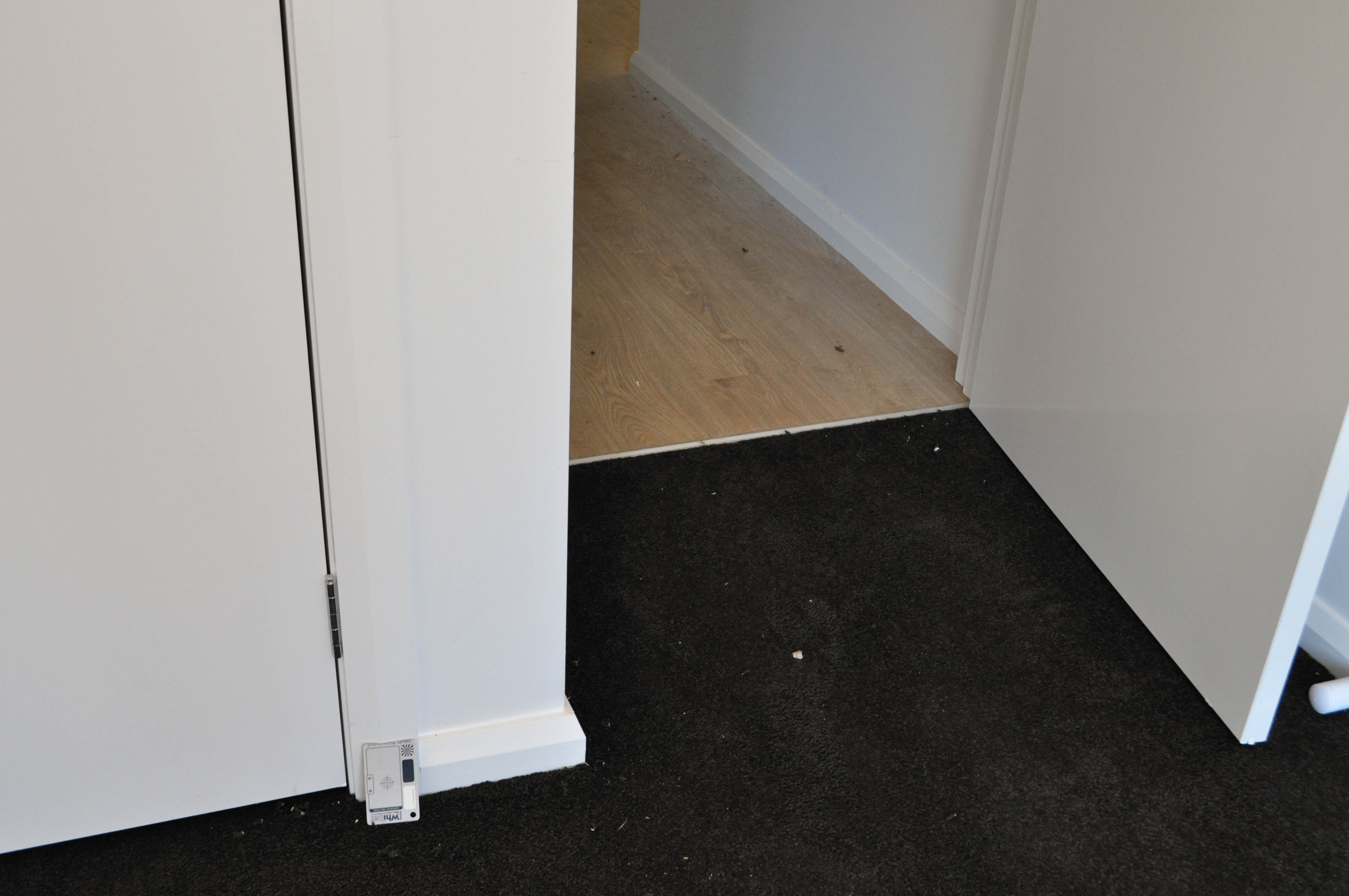



Of paramount importance is your selection of the type, style and color of the flooring material that you intend using to cover the floorspace. This flooring material will make a statement and interact with other features such as the wall colors, kitchen cabinet colors etcetra to produce the final interior decor of the home which should be pleasing to you.
This is a science or art and is called "home interior design" and this article briefly elucides its principles. Concord Floors, has on offer to its customers from all suburbs of Melbourne such as Caroline Springs, deer Park, Werribee, Hoppers Crossing, St Albans etc. free advice on this subject.
The above 3 photos illustrate the concept of style in an interior home decor. In the above three interior decors every item carries a style component and all of the components' styles are consistent with each other. The first photo is of a period interior decor of a cottage in the Victoria Army Barracks in Melbourne. All the interior decor features: the hearth, fireplace, wide and carved skirting boards and architraves, brass door knobs and carpet naplocks and the deep loud wall, door and skirting board colors belong to another era.
The second photo has a staircase containing steel and glass balustrade, and steps painted an off white light color. The carpet on it has a geometric pattern but not a floral pattern. The style here belongs to this era and is modern. The second home is in Melton, Victoria and the carpet was installed by Concord Floors.
The third home has plain one color carpet, walls, skirting boards and doors. The passage hard floor abutting the carpet is a laminate. All of these items are modern in style. The third home is in Melton, Victoria and the carpet and the laminate flooring was installed by Concord Floors.
With time consumer tastes change but the principles in the science or art of interior decor remain unchangeable. Understanding these principles empowers you to achieve a high level of artistry in your building or renovation project.
Our thoughts on this subject are that consideration should be given to:
The most successful interior and interior designs stick to one style only and don't employ parts and pieces of a variety of styles. This can be easily adhered to if one is building a new home from scratch.
The most common error made by home owners is to do just that: employ parts and pieces of a variety of styles in the same project. Circumstances may force the home renovator where he has already an established home, to mix and match parts of different interior design styles to complete his project.
To illustrate this concept of adherance to an interior design style, lets take a look at the period interior design photos below. Here we have features that all belong to a period interior; strong colors on the floor, walls and doors and architraves and skirting boards, a patterned axminister carpet, caste iron fireplace with timber surrounds, stone hearth, brass door furniture and brass electric switches and brass carpet naplock trims, and period lounge suite and chairs covered with patterned clothe. All these features when combined in one home interior produce a distinctive feel for that home's interior. All these features go together harmoniously and give you a pleasant feeling. But it might not be you and you might be attracted to other styles.
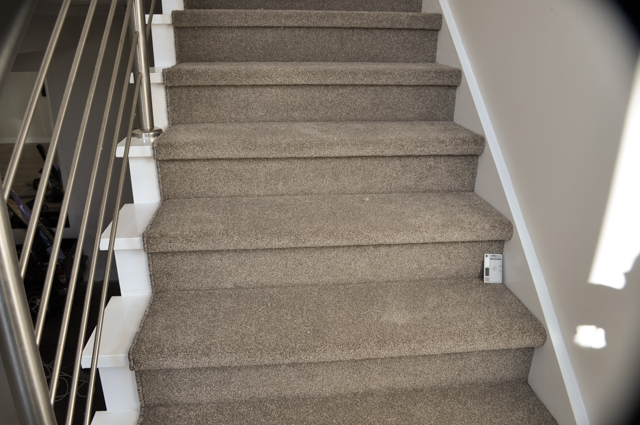
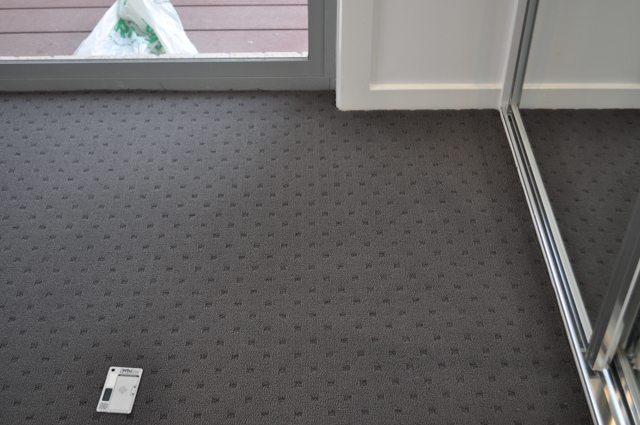

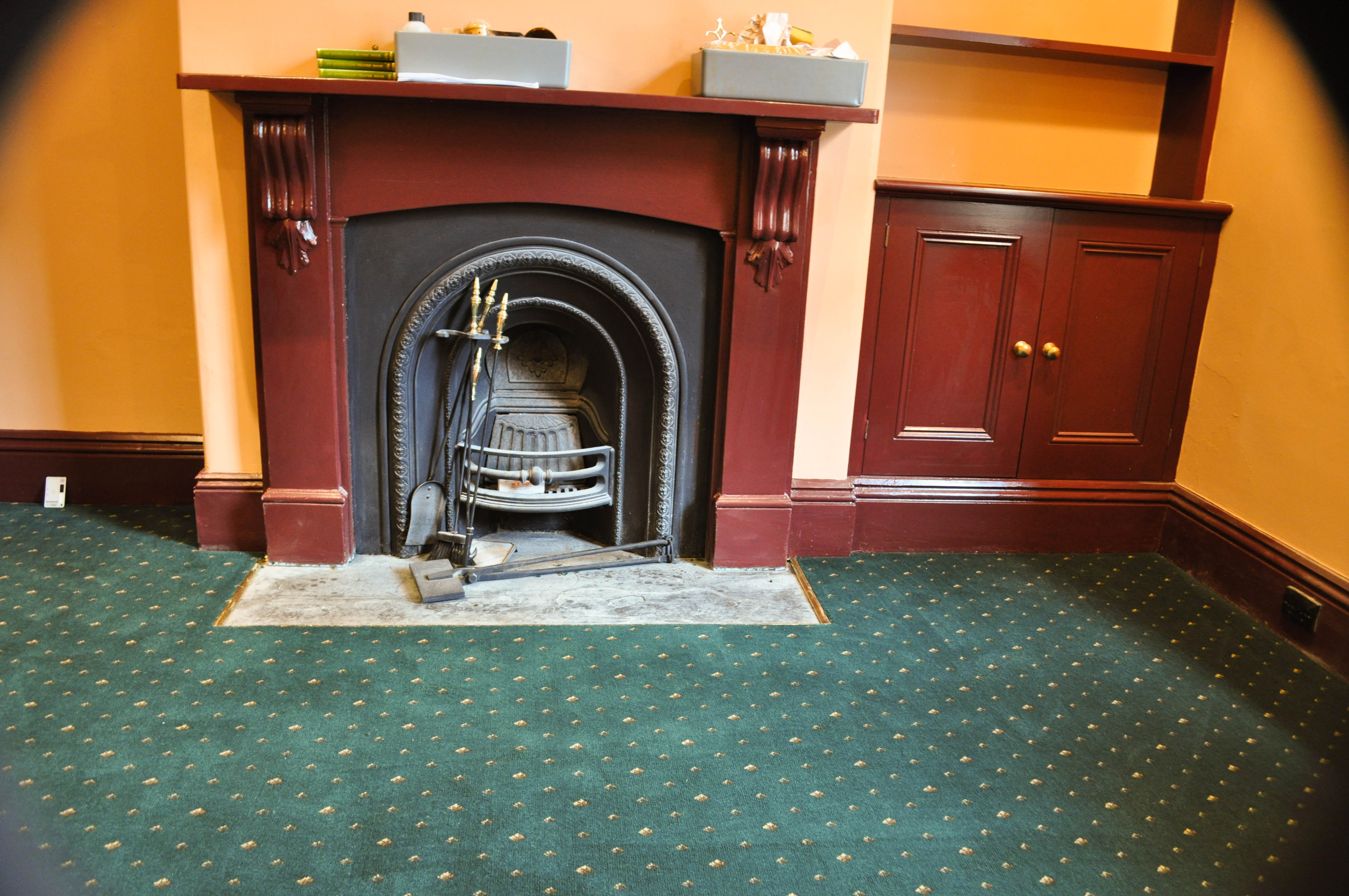

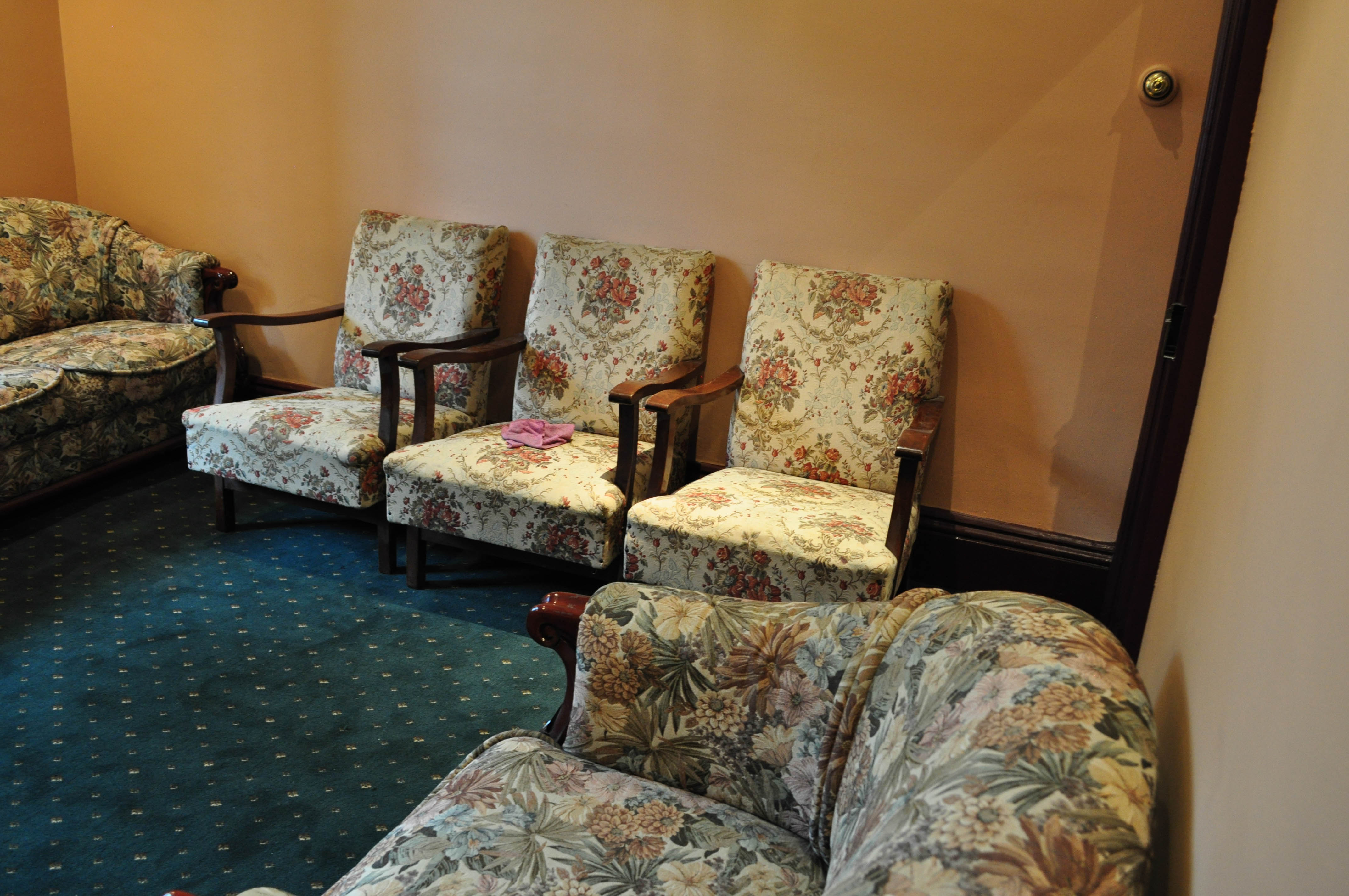

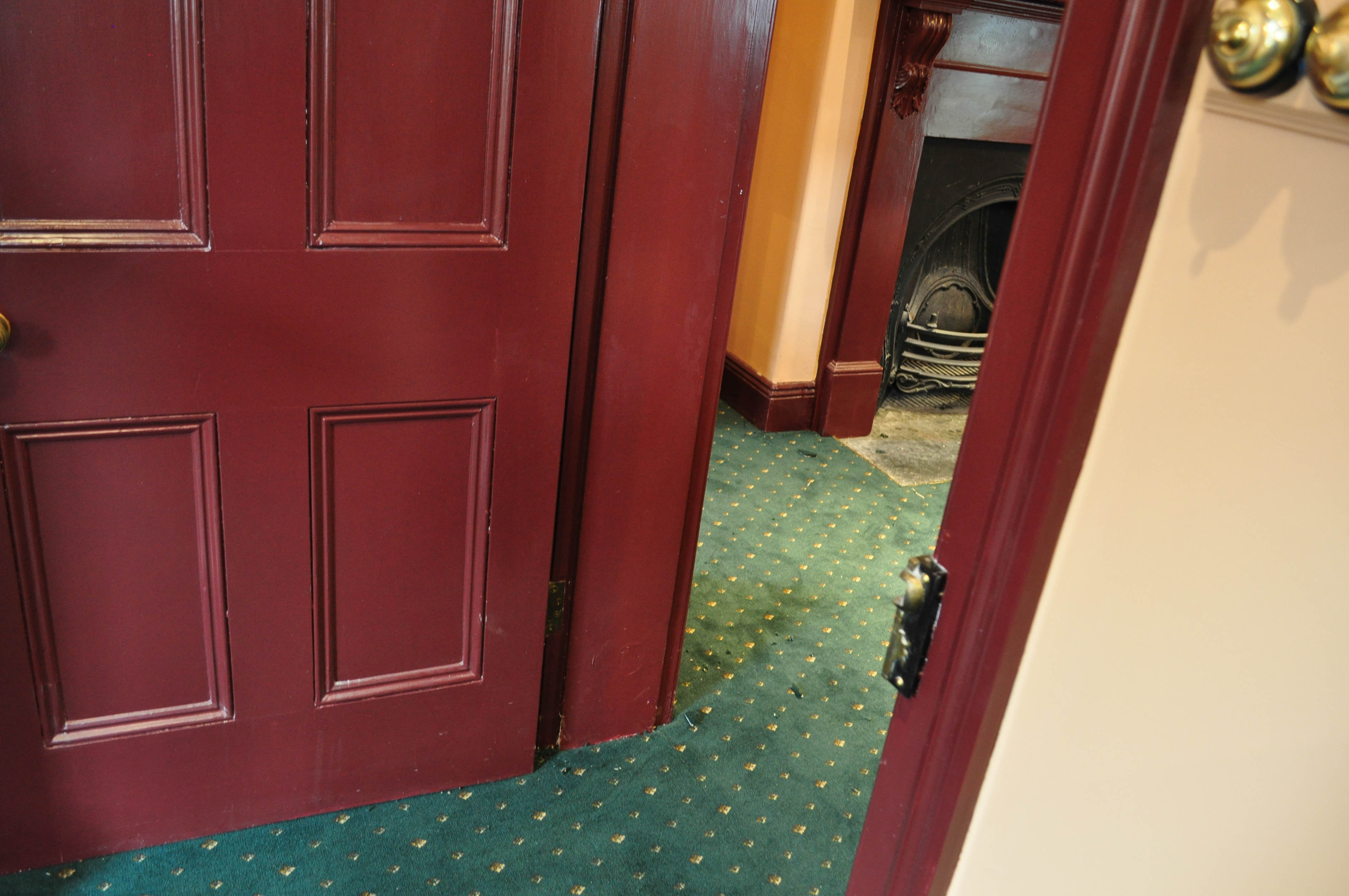

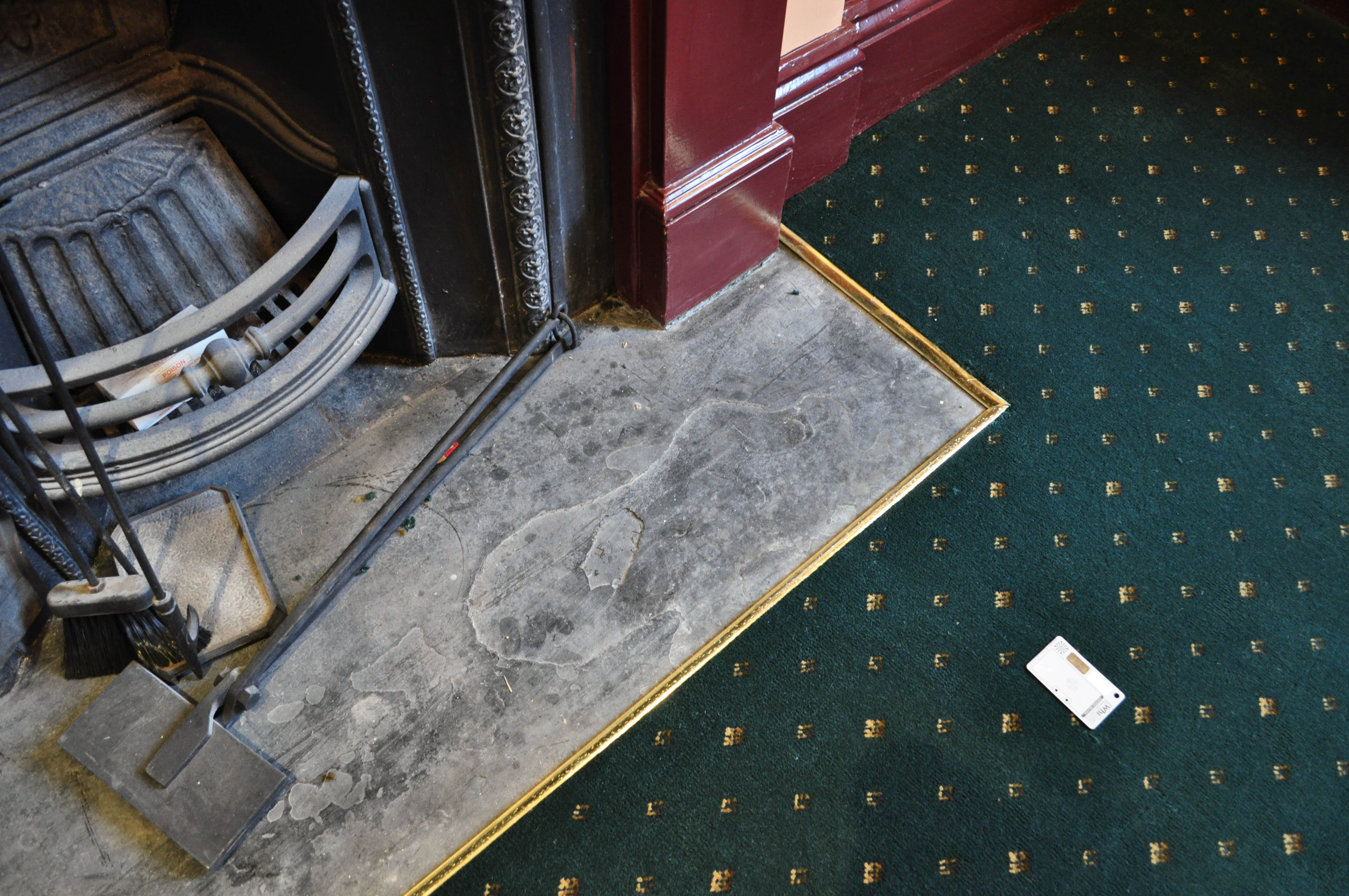

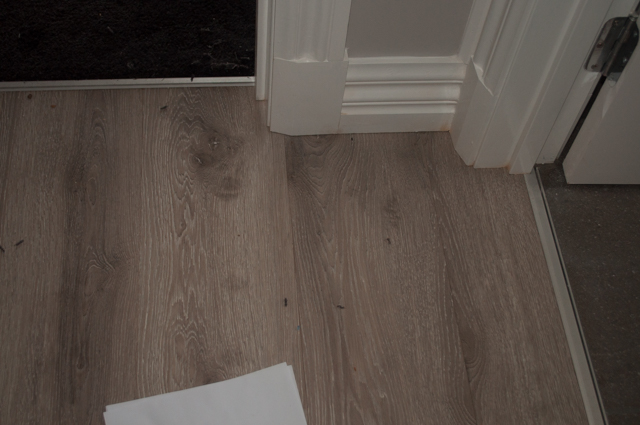

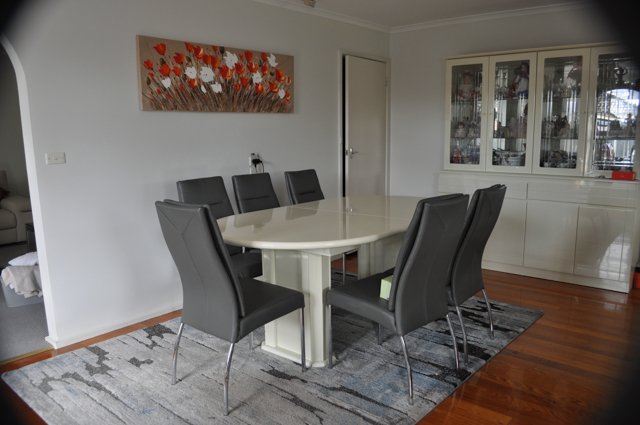
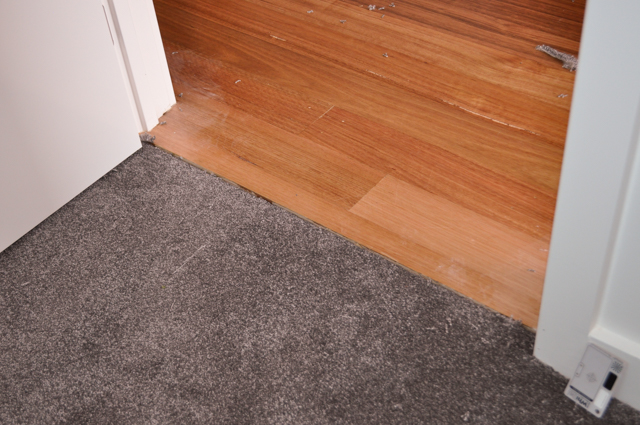
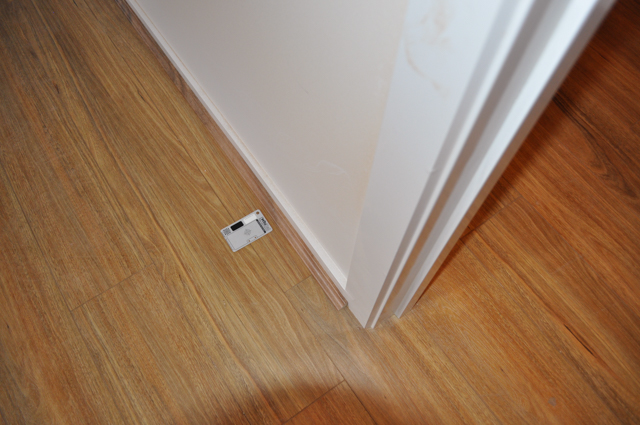
modern period design, or contemporary interior design
This is a hybrid between modern interior design and period interior design. This is a contradiction in terms but it happens so often, in fact in new homes being constructed that it can't be ignored and must be given a place in the nomneclature of interior design styles.
scandinavian interior design
japanese interior design
mid century modern interior design
modern farmhouse interior
rustic interior design
small house interior
beach house interior design
boho interior design
coastal interior design
bohemian interior design
victorian interior design
cottage interior design
ultra-modern interior design
All building materials have an inherent style associated with it.
Does the style of the flooring material fit into the overall framework of the style of the home or building or does it compete or clashes with the overall style and attempt to import another style into your project?
EXAMPLES:
Most importantly ask the question:
WHAT ROLE WILL THE MATERIAL PLAY IN THE CREATION OF A BALANCED INTERIOR COLOUR SCHEME IN YOUR HOME?
The methodology
The first question is: Do you want the home or building decor to have the property of "lightness" or "darkness" in your interior color scheme? If you don't like dark colors then stay away from them and vice versa.
Light colors give the interiors the property of spaciousness and informality. Dark colors do the opposite: they shrink the size of interiors and introduce formality and sombreness.
EXAMPLES
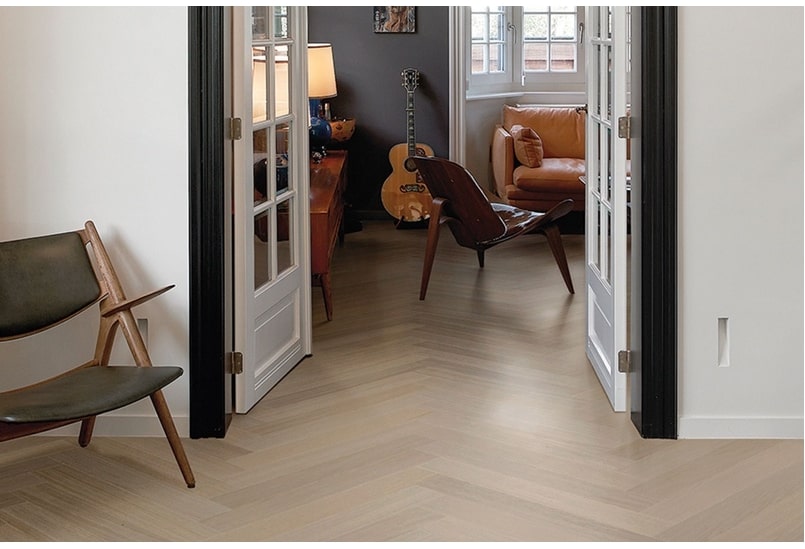
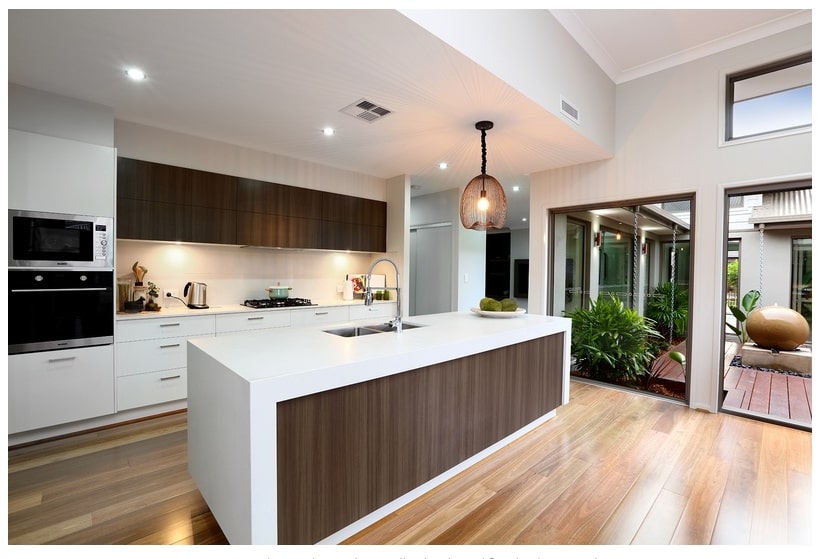
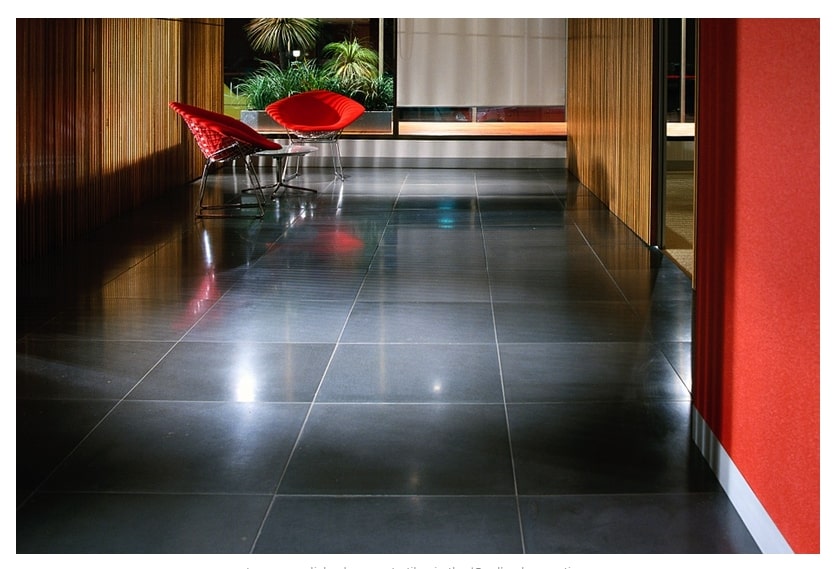
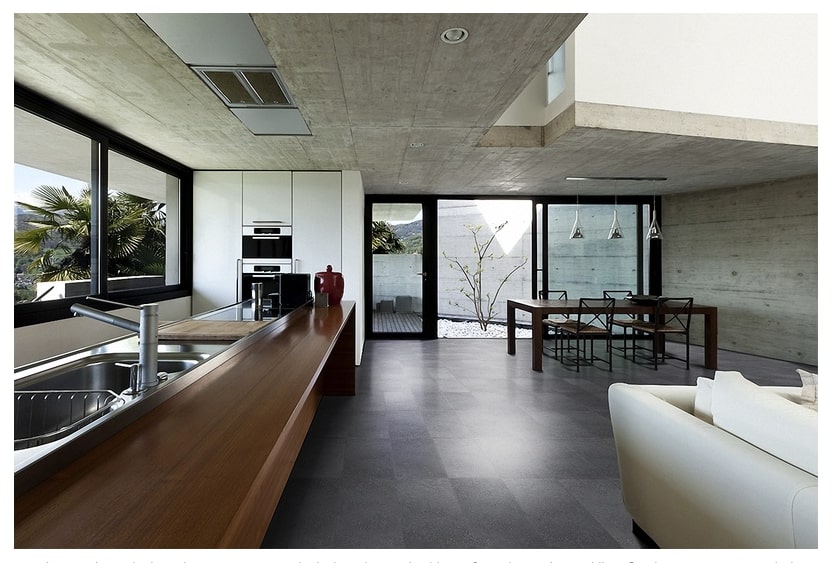
Sir Isaac Newton, an English physicist and a genius, upon studing light and colors came up with the color wheel.
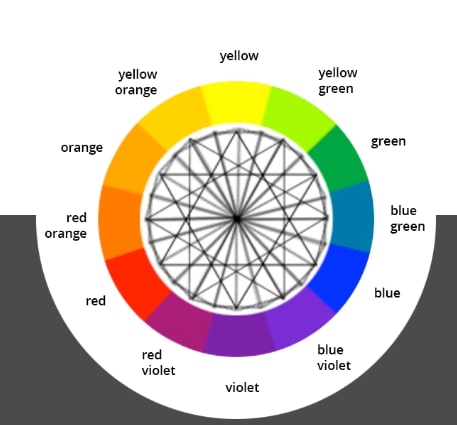
There are only 3 colors that have been given to us by God. They are termed the primary colors and are: YELLOW, BLUE and RED. BLACK AND WHITE AREN'T COLORS
When 2 of the primary colors are mixed together we get the secondary colors. Yellow mixed with blue gives us the green colors, blue mixed with red gives us the violet colors, and yellow mixed with red gives us the orange colors.
when all three primary colors are mixed together, blue, red and yellow in varying proportions or ratios, we get the tertiary colors. Another way of saying this is, when secondary colors are mixed together we get tertiary colors.
If we want to make a color darker or lighter we add black or white to it.
Every color consists of at least 2 of the primary colors. The higher the ratio of one of the primary colors, which would make it the dominant color in the mix, in relation to the other, the more that color looks like the dominant constituent color. For example If we mix twice as much yellow with blue we get a green color and it is a "yellow green". If we put in twice as much blue as yellow then we get a green that is a "blue green". If we put in equal amounts of blue and green then we get green "green".
The same applies for tertiary colors.
A harmonius, balanced interior colour scheme usually follows the "Taubman's Rule" called the 60/30/10 rule. This means 60% of the entire body of the interior colour is to be one uniform colour,(the wall colour, as it is the largest expanse of colour in the interior of the home), 30% is to be another uniform colour (the floor), 10% is to be a mix of all colours skewed to the colours outside the range of the previous 60% and the 30%.
In the above section on lightness HOME INTERIOR DESIGN
In the first picture the walls color is a light grey which has the blue primary color as the base. This is the 60% of the entire amount of color in the whole color scheme. The floor, the 30% of the color scheme, is the color bluey-pink where the pink color is dominant making the red primary color dominating the floor. The blue color in the floor is echoing the blue color in the wall. This produces harmony of colors between the wall and the floor which is 90% of the color scheme.
So we have by now used up 2 out of the 3 primary colors leaving yellow for use and it must not consume more than 10% of the color scheme. Looking at the picture we find that the furniture, sofa lamp and the guitar is a bright orange, the buffet cabinet a deeper orange, the distant chair a burnt orange which is the deepest form of orange, and in the chair closest to us the frame is a deep orange with a lot of blue in it and the set and back rest a dark green (green is blue and yellow mixed together.The darkness is obtained by adding black.). Orange is the color we get upon mixing the primary colors of yellow with red. The orange in this color scheme has as the dominate color yellow thereby the primary color dominating the furniture colors. The furniture is about 10% of the entire color scheme.
There we have it- the Taubman's rule adhered to and in action. The result, in my opinion, a masterpiece of interior decor.
In the second picture the wall color is again grey- the blue primary color which is 60% of the color scheme. The floor color, 30% of the color scheme is orange. It is a tertiary color having a mix of the red primary color, the blue primary color and the yellow primary color. The yellow color is present in the greatest ratio and therefore the floor is yellow.
We have by now used up 2 out of the 3 primary colors leaving red for use and it must not consume more than 10% of the color scheme. This is used up in the kitchen cabinets. The red here has blue in it which echoes the blue in the walls and the floor which creates harmony in the color scheme. The red in the floor echoes the red in the red in the cabinets. The blue in the floor echoes the blue in the walls.
All 3 components of the Taubman's rule, 60%, 30% and the 10% have colors that echoe each other thereby creating a relationship of association which I would define as "harmony". Again I would classify this as a masterpiece of interior decor.
In the third picture the vastness of the floor makes it the 60%. The floor's color has as it's base the primary color blue. The walls, the 30%, are an orange which is dominated by the yellow primary color. The 10% is the red feature wall and red chairs.
The fourth picture the vastness of the floor makes it the 60%. The floor's color has as it's base the primary color blue. In this case the ceiling has been used for coloration as well. It is a green and is a yellow green. This color continues on the wall. In yellow green the dominant base primary color is yellow. The chair is yellow as is the distant feature wall.
We have by now used up 2 out of the 3 primary colors leaving red for use and it must not consume more than 10% of the color scheme. The red is understated in the sink cabinet and the table. The color found here is a burnt orange with the red only slightly outweighing the yellow.
The Taubman's rule has been adhered to and in action.
This type of color scheme uses all the colours in the colour pallet, which produces the most interesting colour schemes. This is a tertiary color scheme or triadic color scheme. But most people do not apply or adhere to this method as they are fearful of the result.
The above principles are not an exhaustive list with which to build a color scheme. But it does give to you a basic framework with which to begin your journey with your project
When you have applied the above principles properly you can expect compliments from people viewing your home.
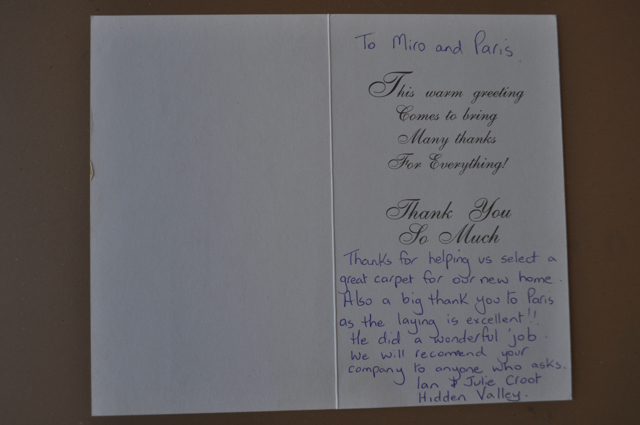

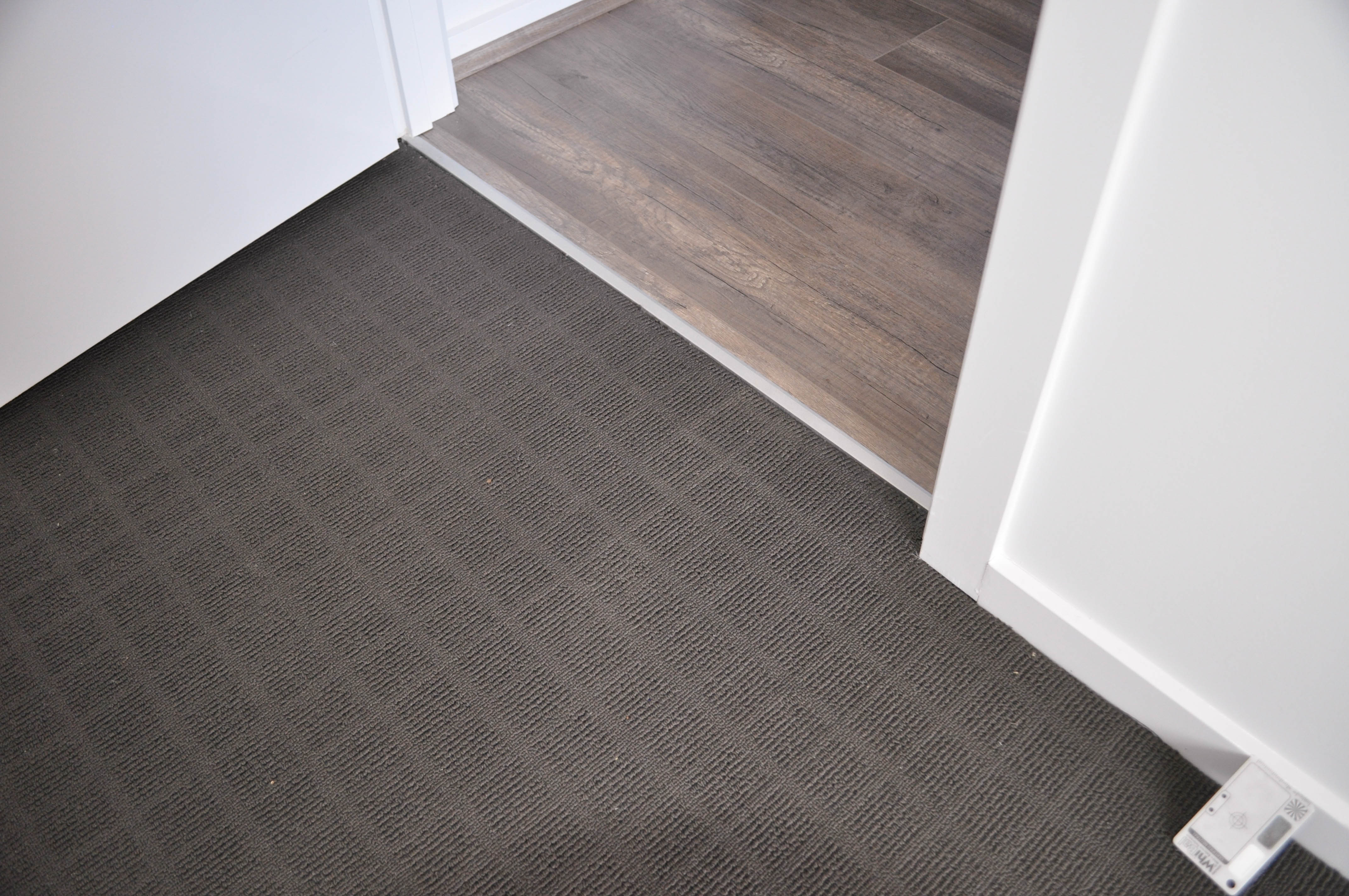
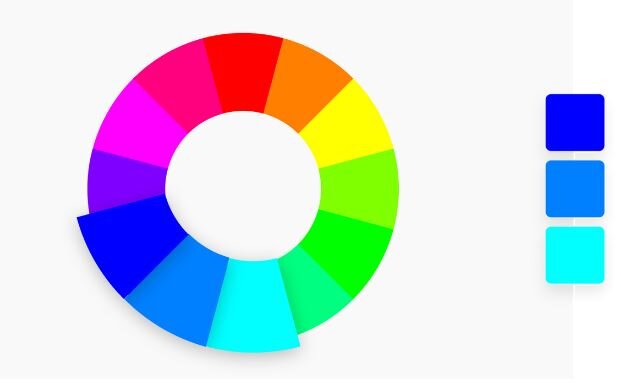
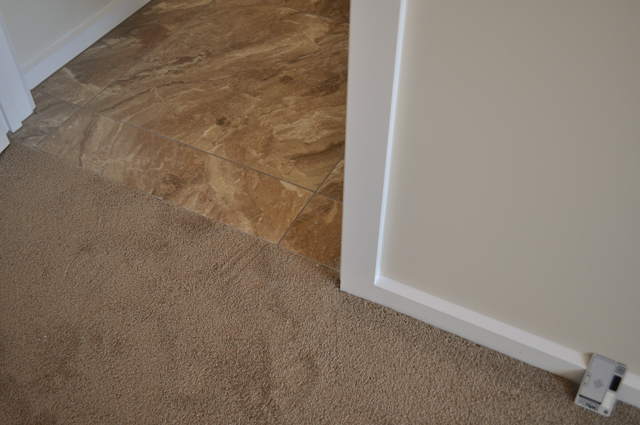
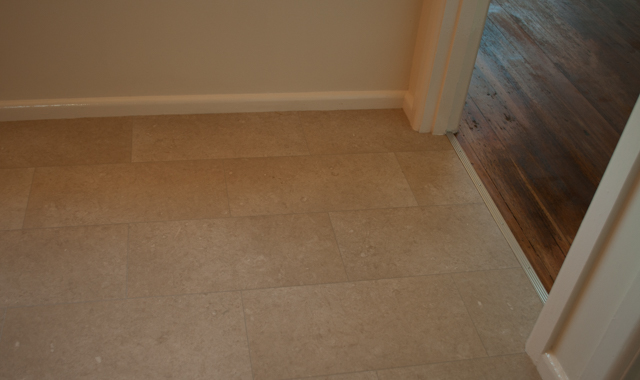
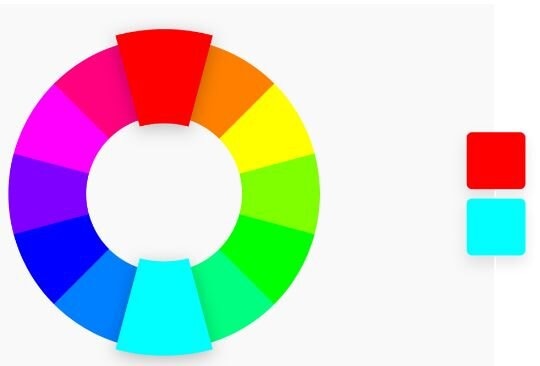
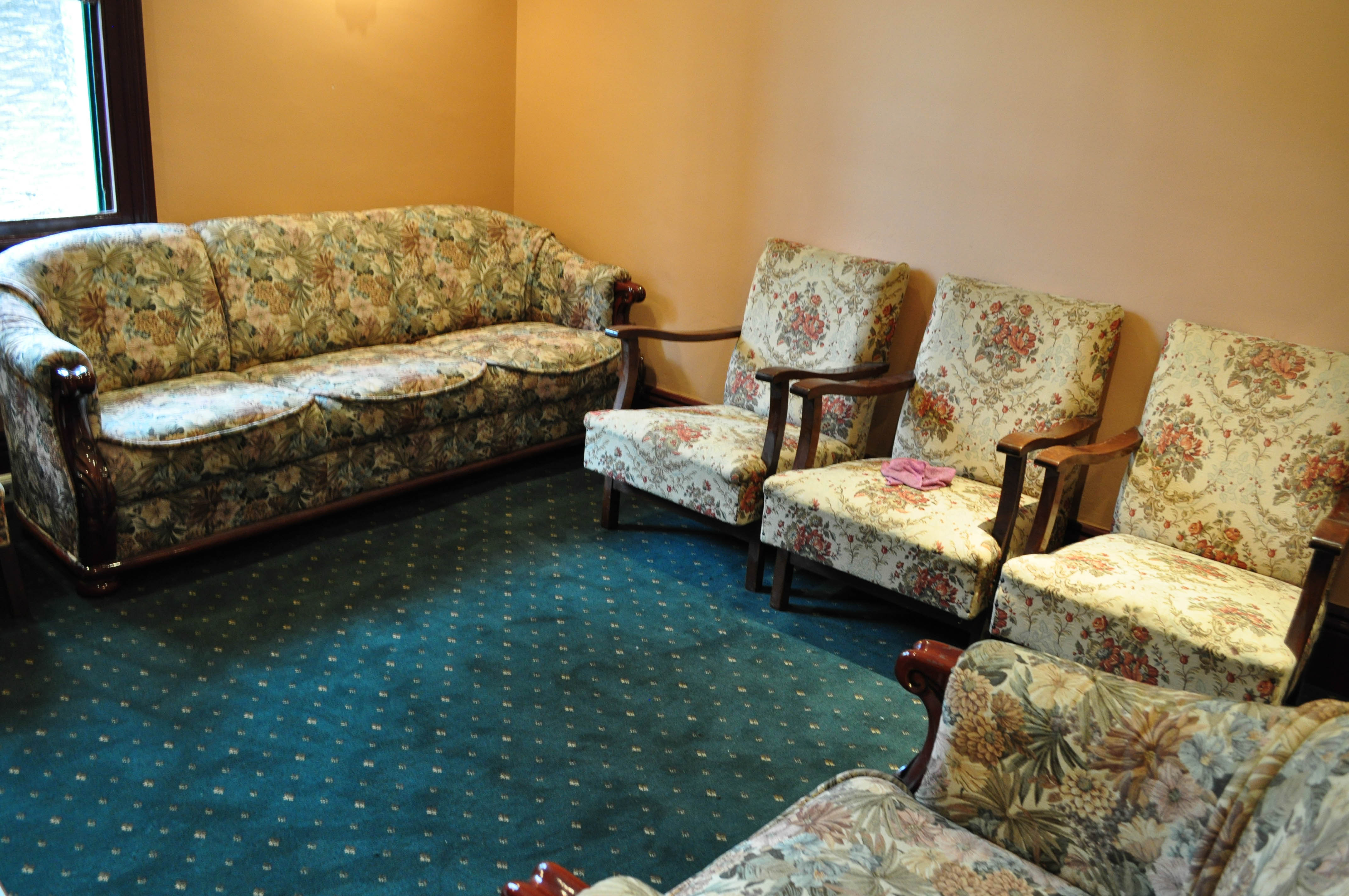
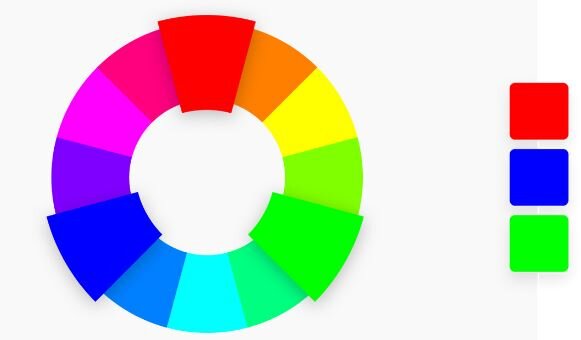
Three colors that are evenly spaced on the color wheel. This provides a high contrast color scheme, but less so than the complementary color combination, making it more versatile. This combination creates bold, vibrant color palettes.
This scheme employs all three base primary colours preferably in the Taubmans 603010 rule. These are the color schemes that you will see in films as the interior color schemes are designed by the very best interior decorators.
The 2 pictures below illustrate the difference between period decor and modern decor. Period uses secondary colors which are vibrant and modern uses tertiary colors which are subtle and muted making this decor easier on the viewers senses.
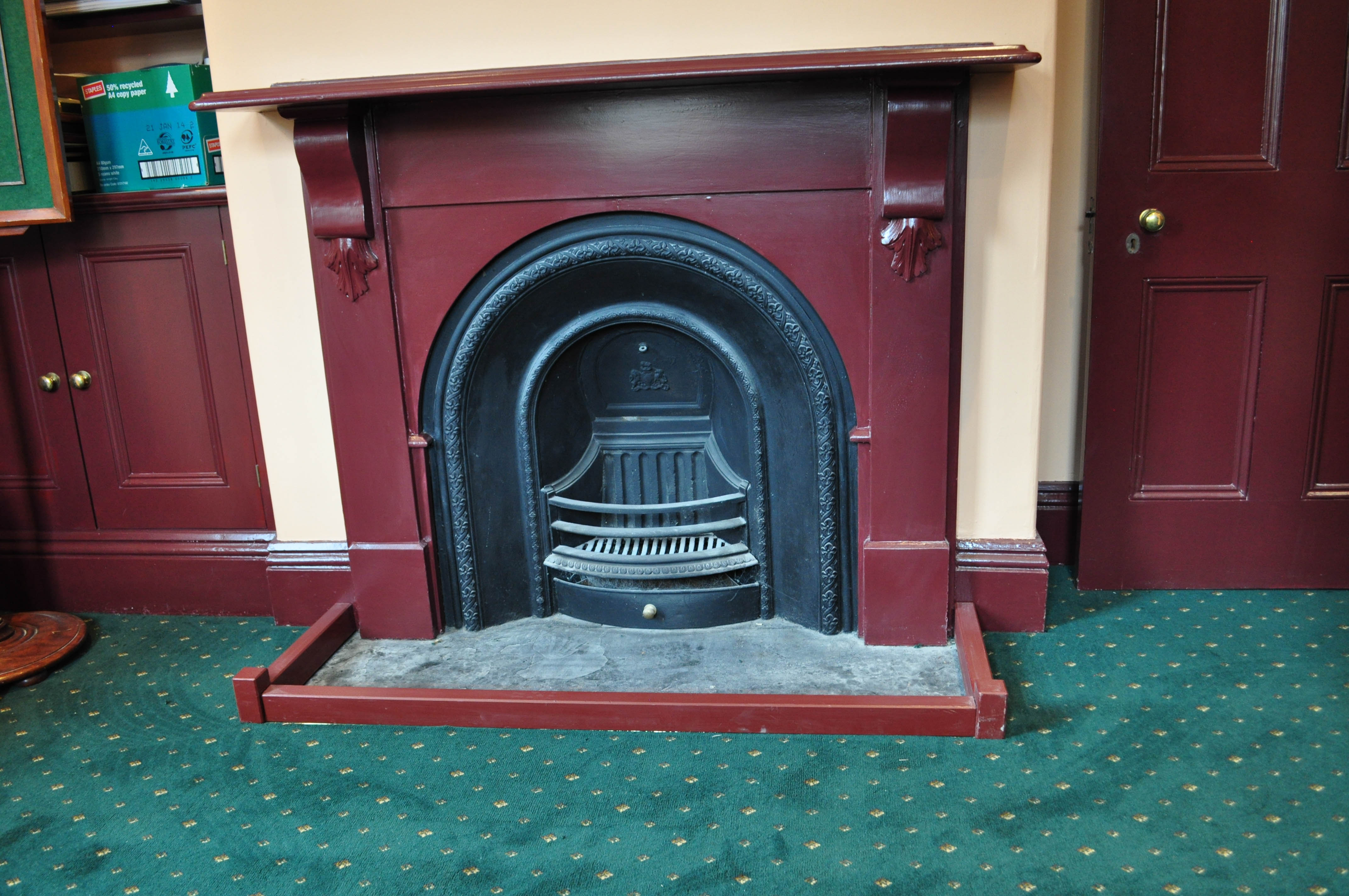
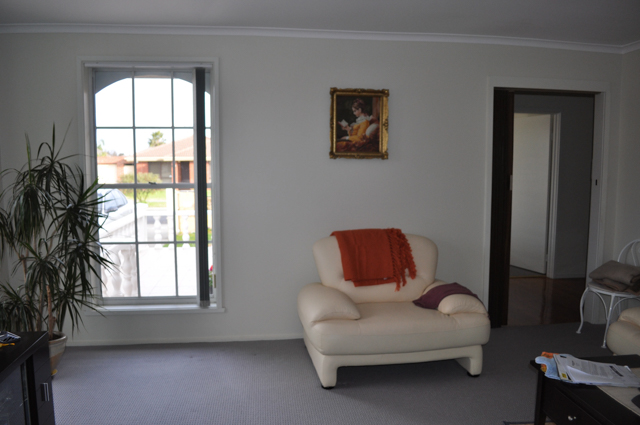
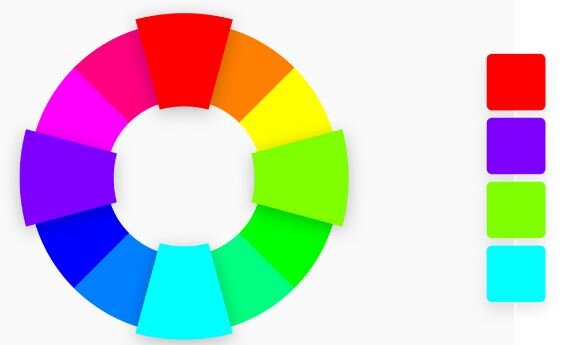
Four colors that are evenly spaced on the color wheel. Tetradic color schemes are bold and work best if you let one color be dominant, and use the others as accents. The more colors you have in your palette, the more difficult it is to balance,
We are inviting our customers to use our premium shop at home service. In this service the customer gets to see a sample of the flooring material that they are contemplating buying, in the setting of their own home. 80% of the time the colour of the material they select in the shop is not the colour that they select in their home. Our customers in this way make better choices. This service is free. If you want to go through the show room, it is strictly by appointment only. Call us on 0412 740 200 and make a booking. Our premises are in the suburb: DERRIMUT, Melbourne.